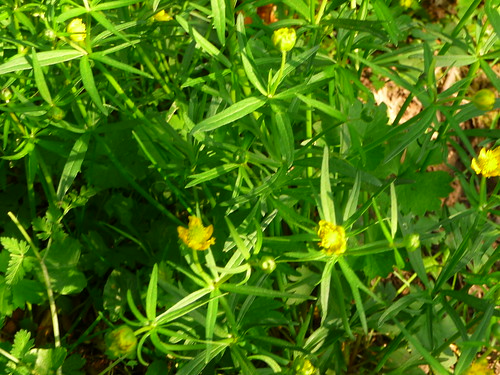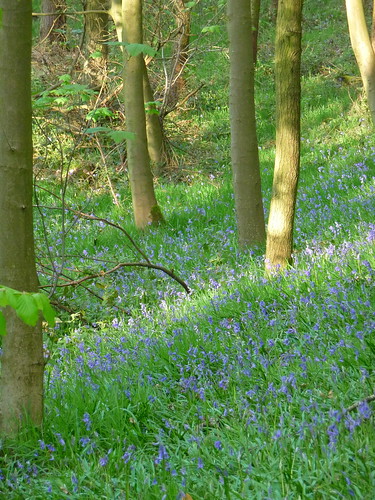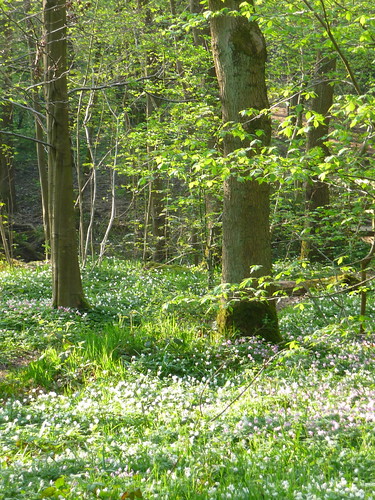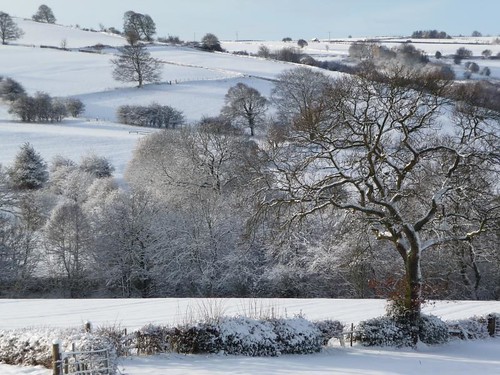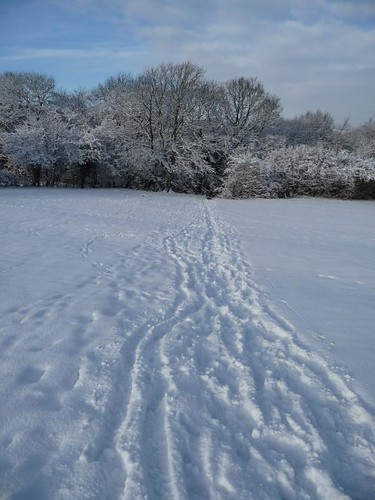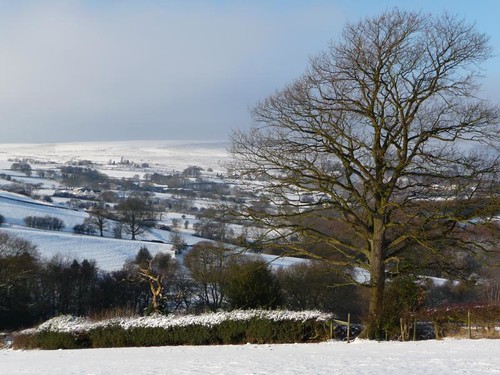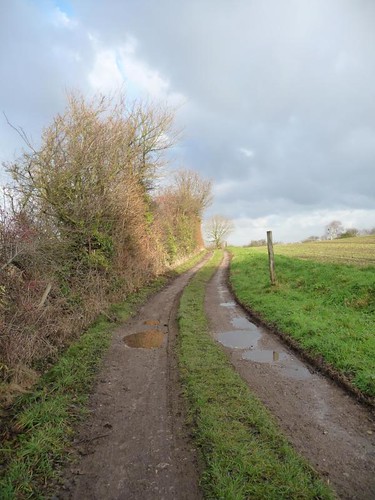A little buttercup of damp woodland edges. Found these in the old holloway near Woodthorpe.
Friday 22 April 2011
Bluebells, whitecoal kiln, Gillfield
Whitecoal - an entirely different material to charcoal - was used to smelt lead. And the woods round here are full of the archaeological remains of the kilns used to make the whitecoal. Here's one - the pit behind the bluebells. For years people thought they were bomb craters.
Bluebells Gillfield
Many Totley people go to the more famous Ecclesall woods to see the bluebells, not realising that the woods right here are full of them...
Flora of Gillfield Wood
Gillfield, mostly chopped down and replanted in the 1960's with American Oak and Larch, is truly an ancient wood - ie documented before 1600. Its very flowers help to tell us this - right now its full of wood anemones, bluebells, dog mercury, violets. We (the newly formed Friends of Gillfield Wood) are to learn about surveying the wood's plants at a special session in the woods on May 1st.
April '11 Greenoak Journal
April '11 Greenoak Journal, a set on Flickr.
Spring - and I'm springing into action again on blogging my photos.
Sunday 13 June 2010
Baby housemartins
Wednesday 28 April 2010
Oaks could be wiped out....
Tuesday 12 January 2010
Monday 11 January 2010
Winter visitor
Thursday 7 January 2010
A sleepless night, birds and more snow...
"A rougher magic overtook them as they arrived above the reeds. Great ductile cartwheels of birds were unleashed across the sky. Conjured balls of starlings rolled out and up, shoaling from their descending lines, thickening and pulling in on themselves - a black bloom burst from the seedbed of birds. One wheel hit another and the carousels of birds chimed and merged, like iron filings made to bend to a magnet."
This morning, at the edge of the wood, the kick-kick of a great spotted woodpecker - and there he was sitting high in a tree, the white of his wing stripes picking up the white of the hill.
Sunday 3 January 2010
Fanshawegate fields
Tuesday 22 December 2009
John Donne and the shortest day...
'Tis the year's midnight, and it is the day's,
Lucy's, who scarce seven hours herself unmasks;
The sun is spent, and now his flasks
Send forth light squibs, no constant rays;
The whole world's sap is sunk;
The general balm the hydroptic earth hath drunk,
Whither, as to the bed's-feet, life is shrunk,
Dead and interred; yet all these seem to laugh,
Compared with me, who am their epitaph.
John Donne
Snow on snow...
Thursday 17 December 2009
Maybe snow.....
Friday 11 December 2009
Flytipping
Fieldfares
Emmonsails Heath in Winter
I love to see the old heath's withered brake
Mingle its crimpled leaves with furze and ling
While the old heron from the lonely lake
Starts slow and flaps his melancholy wing
And oddling crow in idle motions swing
On the half rotten ash tree's topmost twig
Beside whose trunk the gypsy makes his bed -
Up flies the bouncing woodcock from the brig
Where a black quagmire quakes beneath the tread;
The fieldfare chatters in the whistling thorn
And for the 'awe round fields and closen rove,
And coy bumbarrels twenty in a drove
Flit down the hedgerows in the frozen plain
And hang on little twigs and start again.
"Crimpled," "oddling" "bouncing woodcock" - what words! What a naturalist as well as a poet! Some of Clare's poems protest the harm wrought by the enclosure of the commons that he witnessed in his lifetime. We are enclosing our world with heat not fences and hedges. Will our winters ever be the same?
